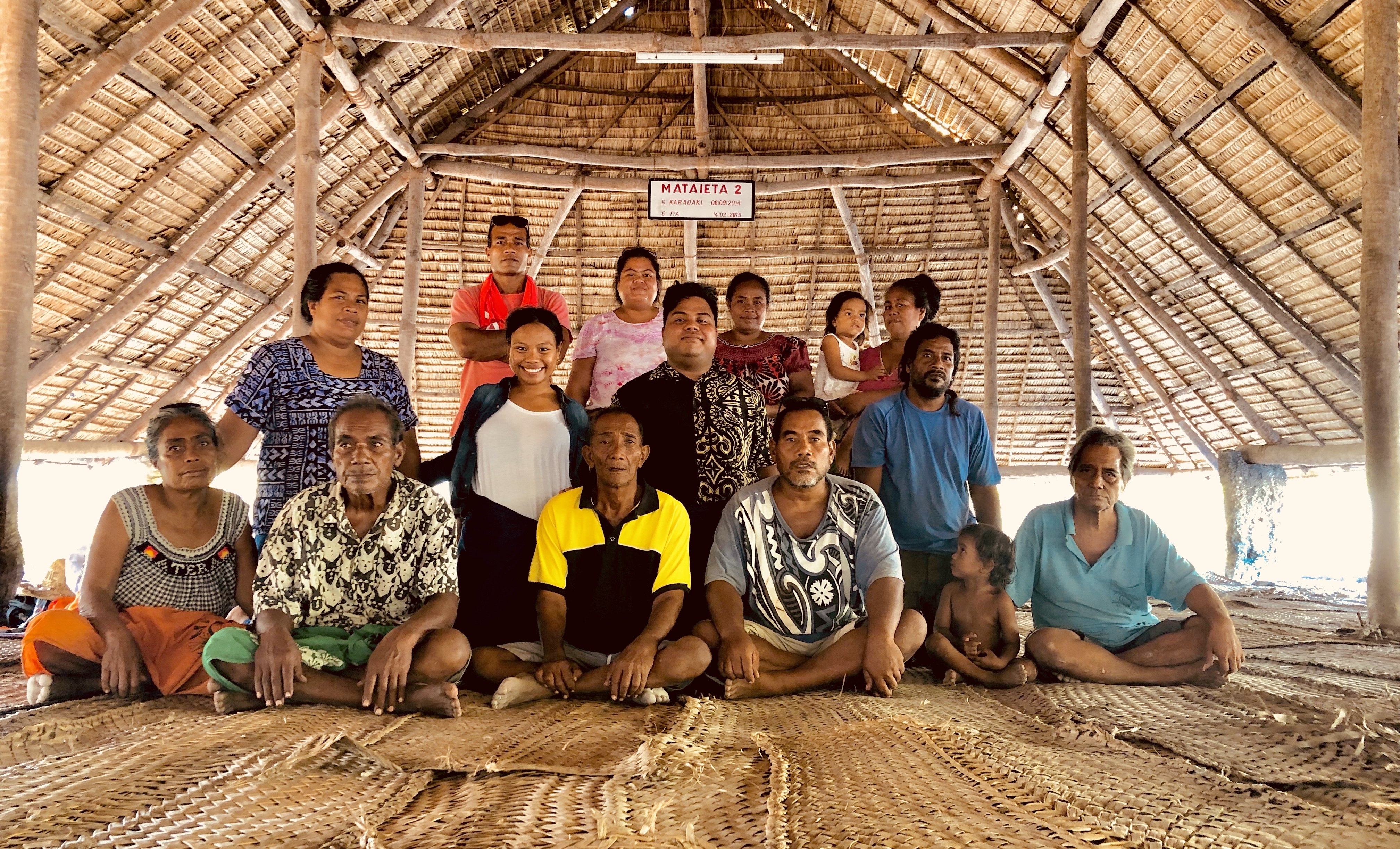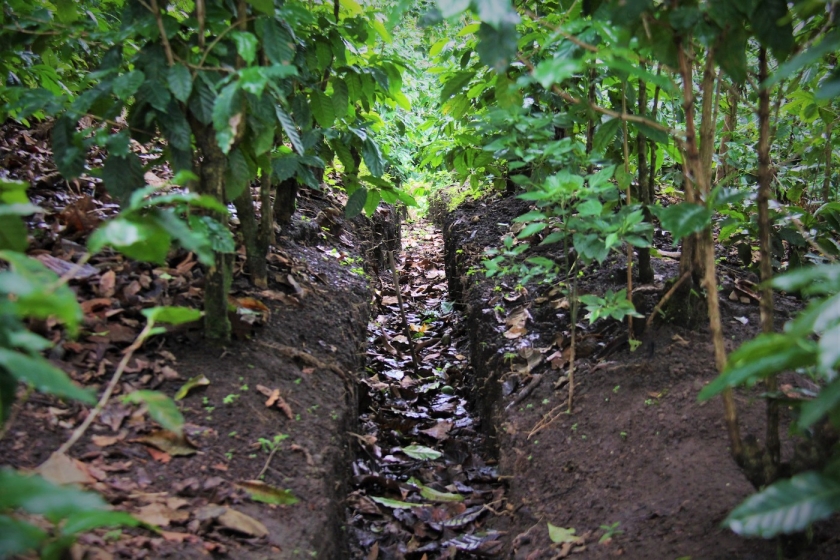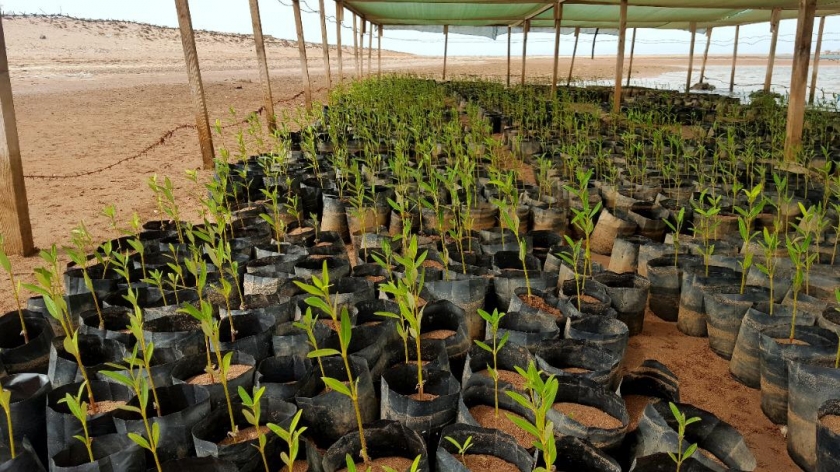Climate Adaptation

Climate change is here. Beyond doing everything we can to cut emissions and slow the pace of global warming, we must adapt to climate consequences so we can protect ourselves and our communities. The fallout varies depending on where you live. It might mean fires or floods, droughts, hotter or colder days or sea-level rise.
What can you do?
There are many ways to adapt to what is happening and what will happen. Individuals can take some simple measures. You can plant or preserve trees around your home, for instance, to keep temperatures cooler inside. Clearing brush might reduce fire hazards. If you own a business, start thinking about and planning around possible climate risks, such as hot days that prevent workers from doing outside tasks.
Everyone should be aware of the possibly greater potential for natural disasters where they live and what resources they have in case these happen. That might mean purchasing insurance in advance, or knowing where you can get disaster information and relief during a crisis.
Gearing up for big changes
Given the scale of climate change, and the fact that it will affect many areas of life, adaptation also needs to take place on a greater scale. Our economies and societies as a whole need to become more resilient to climate impacts. This will require large-scale efforts, many of which will be orchestrated by governments. Roads and bridges may need to be built or adapted to withstand higher temperatures and more powerful storms. Some cities on coastlines may have to establish systems to prevent flooding in streets and underground transport. Mountainous regions may have to find ways to limit landslides and overflow from melting glaciers.
Some communities may even need to move to new locations because it will be too difficult to adapt. This is already happening in some island countries facing rising seas.

Spending now saves lives and reduces costs later on
If all of this sounds expensive, it is – but the important thing to remember is that we already know a lot about how to adapt. More is being learned every day. Further, investing in adaptation makes a lot more sense than waiting and trying to catch up later, as many countries have learned during the COVID-19 pandemic. Protecting people now saves more lives and reduces risks moving forward. It makes financial sense too because the longer we wait, the more the costs will escalate.
Think about this. Globally, a $1.8 trillion investment in early warning systems, climate-resilient infrastructure, improved agriculture, global mangrove protection along coastlines and resilient water resources could generate $7.1 trillion through a combination of avoided costs and a variety of social and environmental benefits. Universal access to early warning systems can deliver benefits up to 10 times the initial cost. And if more farms installed solar-powered irrigation, used new crop varieties, had access to weather alert systems and took other adaptive measures, the world would avoid a drop-off in global agricultural yields of up to 30 per cent by 2050. (Click here for more action facts on adaptation.)
Priority must go to the most vulnerable
While the case for adaptation is clear, some communities most vulnerable to climate change are the least able to adapt because they are poor and/or in developing countries already struggling to come up with enough resources for basics like health care and education. Estimated adaptation costs in developing countries could reach $300 billion every year by 2030. Right now, only 21 per cent of climate finance provided by wealthier countries to assist developing nations goes towards adaptation and resilience, about $16.8 billion a year.
Wealthier countries are obligated to fulfil a commitment made in the Paris Agreement to provide $100 billion a year in international climate finance. They should make sure that at least half goes to adaptation. This would be an important symbol of global solidarity in the face of a challenge we can only solve if everyone in the world works together.
Watch leading Indian environmentalist Sunita Narain, who reminds us that we know how to make our communities safer, and we must act, as a matter of justice.
What have countries agreed to do?
All Parties to the Paris Agreement committed to strengthening the global response to climate change by increasing the ability of all to adapt and build resilience, and reduce vulnerability. See more details here.
At COP26, counties adopted the Glasgow Climate Pact, which calls for a doubling of finance to support developing countries in adapting to the impacts of climate change and building resilience. Glasgow also established a work programme to define a global goal on adaptation, which will identify collective needs and solutions to the climate crisis already affecting many countries.
Since 2011, under the UN Framework Convention on Climate Change, a number of countries have developed National Adaptation Plans. Check if your country has one and what it says. Or get the latest updates on how countries are elaborating plans as part of national development strategies.

Making it happen
A number of efforts are underway to help people adapt to climate change. One is the global Adaptation Fund, which finances pioneering initiatives in developing countries. You can see if your country has a project. And watch how adaptation works for fisher people in Peru, who are combining traditional knowledge and technology to protect their livelihoods.
Watch as small farmers in Costa Rica develop climate-smart and resilient methods to adapt to floods and droughts, improving water and food security. Or take a journey to India’s Himalayan region where marginalized communities are managing climate pressures on water through practices such as spring rejuvenation, rainwater harvesting, drip irrigation and sprinklers.
Kiribati, a small island developing State that is highly vulnerable to climate change, has been among the earliest adopters of climate adaptation. It is improving the management of fisheries to safeguard livelihoods and food security and stepping up early warning systems for disasters.
In Ghana, women farmers are adapting to increasingly erratic rainfall by diversifying their livelihoods. With new skills, they are producing agricultural products such as soy milk and shea butter that fetch higher prices in local markets. Farmers in Bosnia and Herzegovina have adjusted crop choices to deal with droughts, such as by moving from apples to warmer weather peaches.
In the Maldives, declining rainfall and hotter summers have required constructing larger rainwater tanks and desalination facilities to process sea water, while setting up systems to carefully track water use and trigger early warnings of dry periods. Sri Lanka is repurposing an ancient system of water tanks to keep water flowing to farms and homes.
Many solutions to climate change lie in nature. Learn more about ecosystem-based adaptation and six ways that nature can protect us.
For an example of so-called nature-based solutions, find out how communities in Djibouti are staying safe by building flood walls. They are also restoring mangrove forests, which protect against sea-level rise, provide food for people and offer a haven for plants and animals. In Viet Nam, coastal farmers have turned from collecting increasingly scarce marine resources such as snails and crabs to developing beekeeping linked to mangrove restoration.
In Albania, one of the countries in Europe hardest hit by coastal erosion, restoring vegetation on the Kune-Vain Lagoon protects shoreline communities. It also helps sustain a globally recognized corridor for migrating birds.
It might seem like nature-based solutions are mostly for the countryside. But cities are also boosting resilience by turning to nature. In El Salvador, the capital, San Salvador, aims to become a “sponge city” by restoring surrounding forests to limit landslides and floods, and improving drainage in ways that mimic natural streams and rivers.
In the United States, the coastal city of Miami is raising street levels and developing green infrastructure, tandem with ambitious plans to reduce greenhouse gas emissions.

Explore more
The Adaptation Gap Report chronicles slow progress in climate adaptation, for reasons that include a lack of finance, and showcases nature-based solutions. Seven lessons on adapting to climate change draws on experiences to date.
How can the world save 23,000 lives and gain $162 billion in benefits a year? By improving weather forecasts, early warning systems and climate information. See the Hydromet Gap Report.
Adapt Now, from the Global Commission on Adaptation, details benefits from adaptation to urge action by governments, businesses, investors and community leaders. The Economic Case for Nature shows how protecting ecosystems can avoid trillions in losses to national economies.
A practical guide to climate-resilient buildings offers tips for construction, especially in communities with few professionally trained architects and engineers.
One more consideration is closing the digital divide to generate more and better data and predict climate risks in time.
Read up on the science
The IPCC’s report on Impacts, Adaptation and Vulnerability assesses the impacts of climate change, looking at ecosystems, biodiversity, and human communities at global and regional levels. It also reviews vulnerabilities and the capacities and limits of the natural world and human societies to adapt to climate change.
The World Adaptation Science Programme links researchers, policymakers and practitioners to create and share knowledge that can shape adaptation policy and action. Recent briefs cover issues like adapting across borders and so-called “high-end” climate change, where temperatures climb so high that climate consequences would be even more extreme.
Join the global movement
Check out the Race to Resilience for 4 billion people by 2030. Better yet, be ambitious, create an initiative and apply to join the drive for a safer world.
To help heal the planet, be part of the mobilizing around the UN Decade on Ecosystem Restoration, which aims to prevent, halt and reverse environmental degradation in the next 10 years. Share the word on climate action with the UN’s digital assets.
